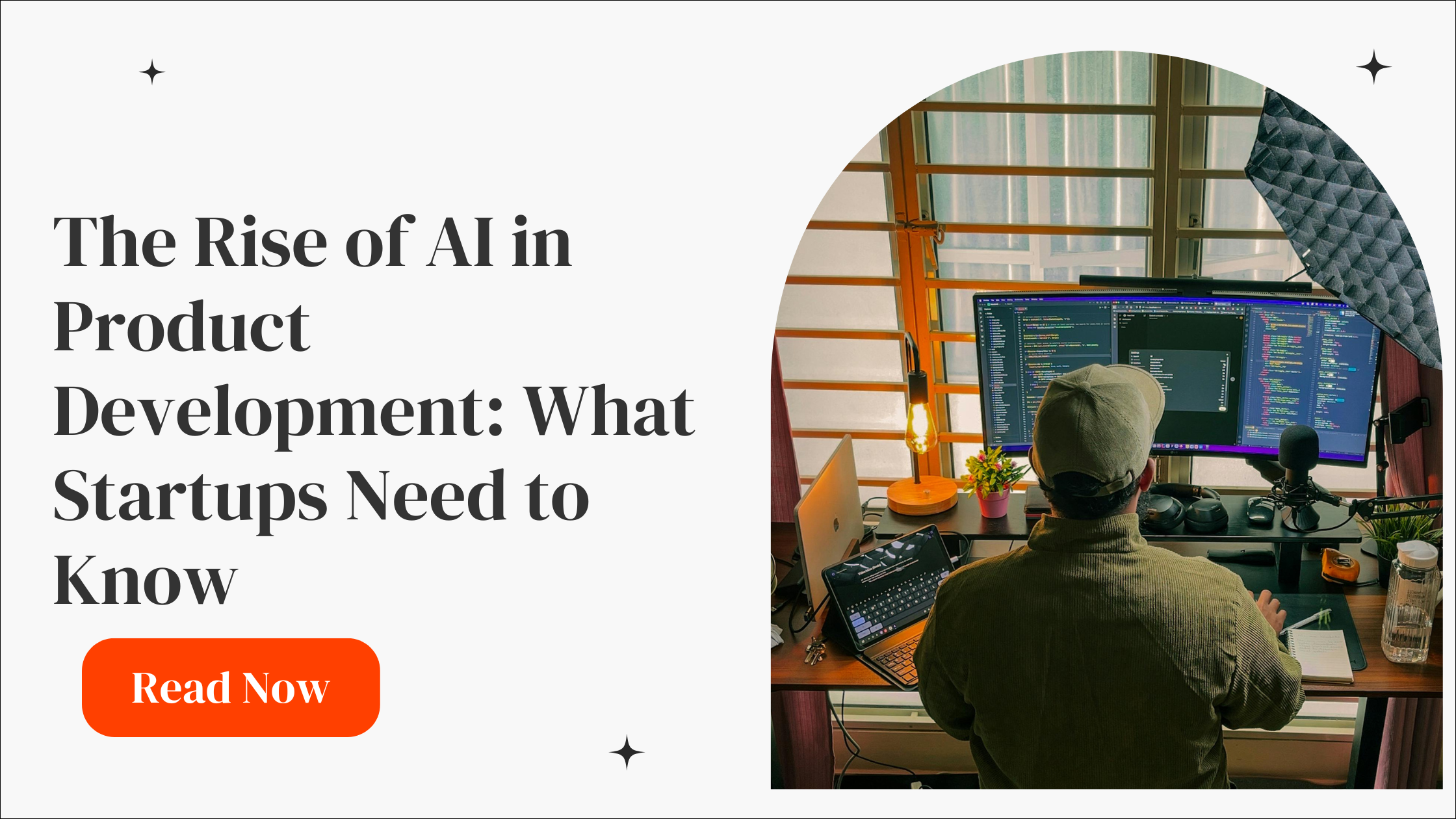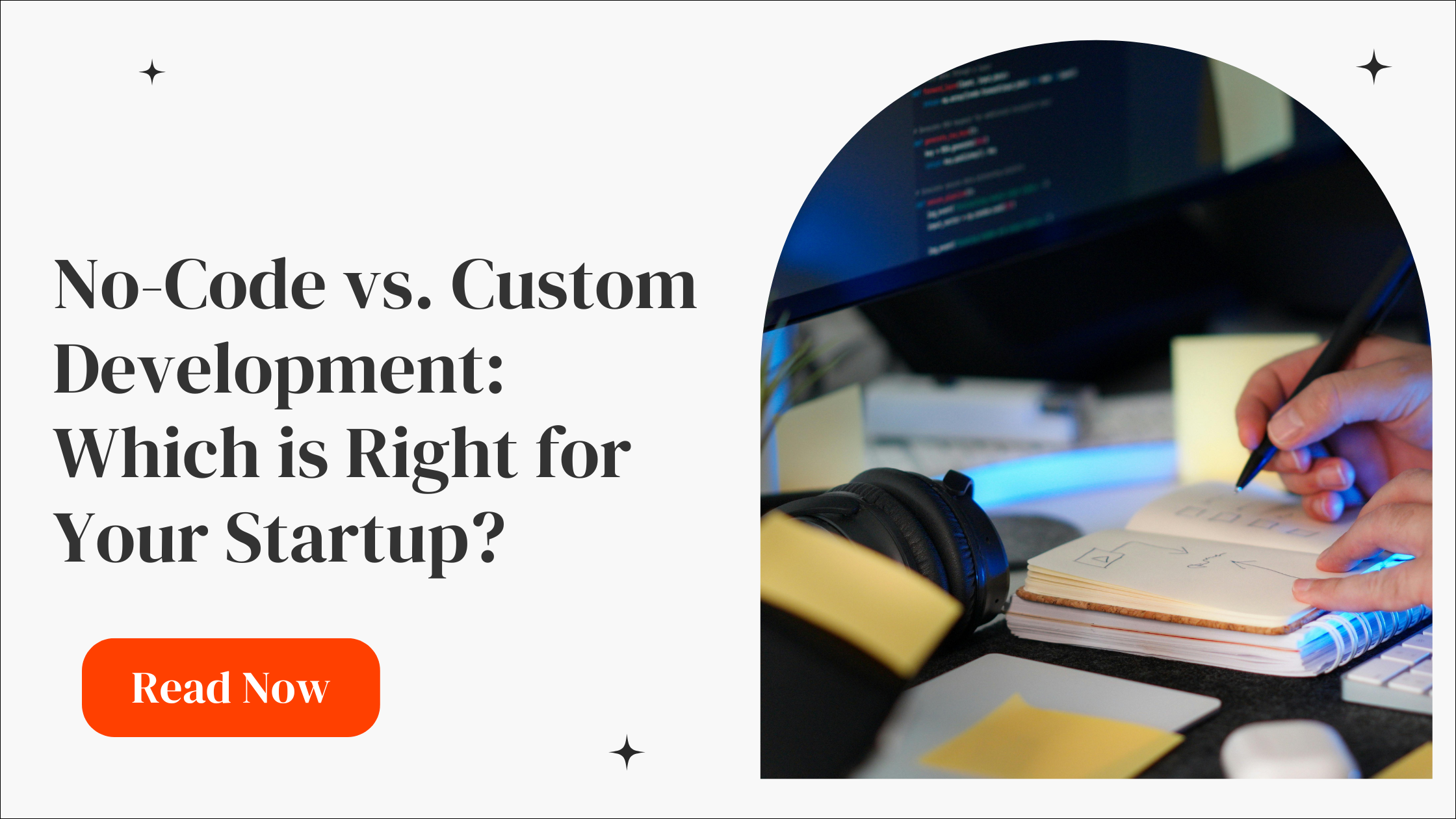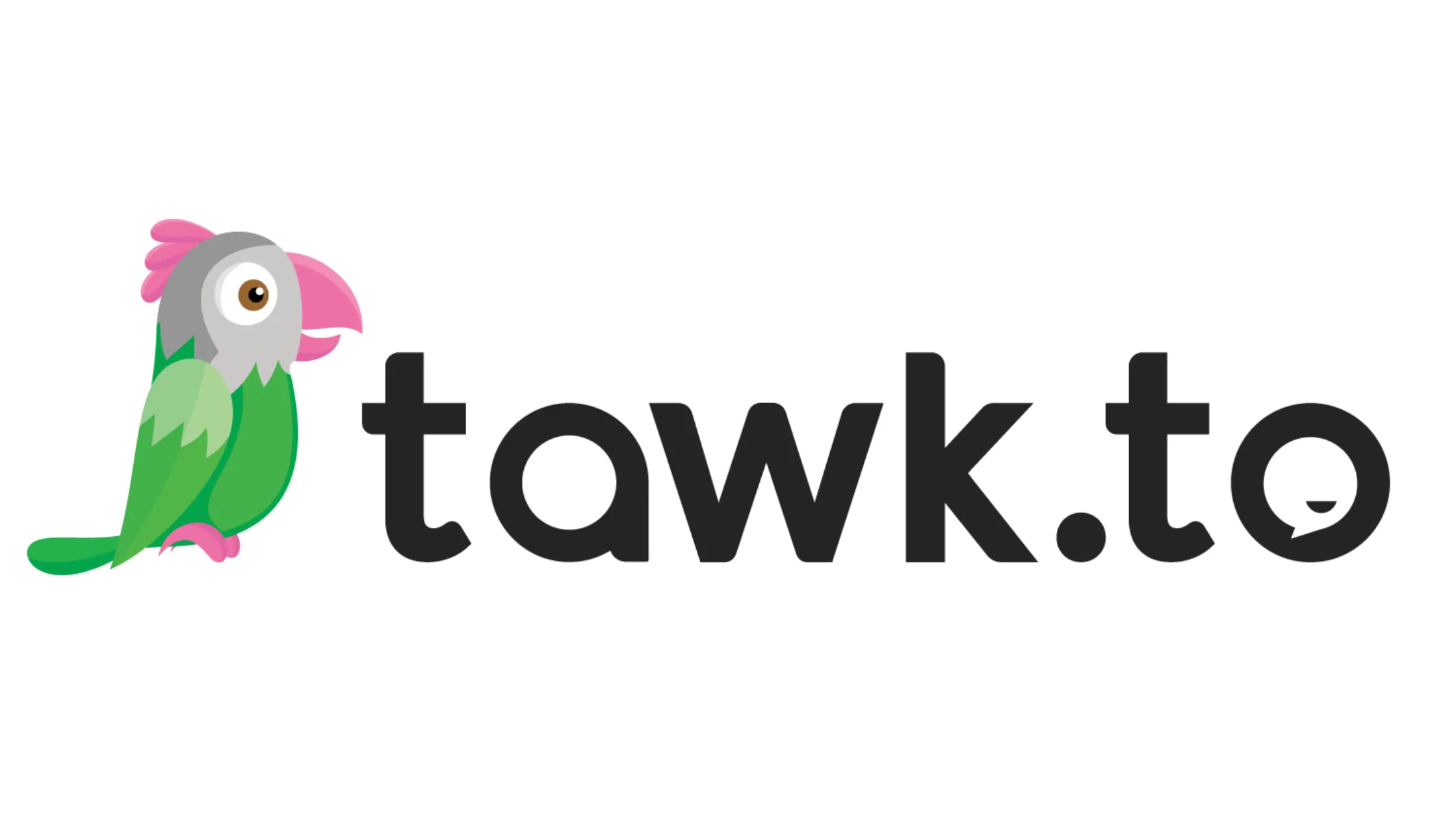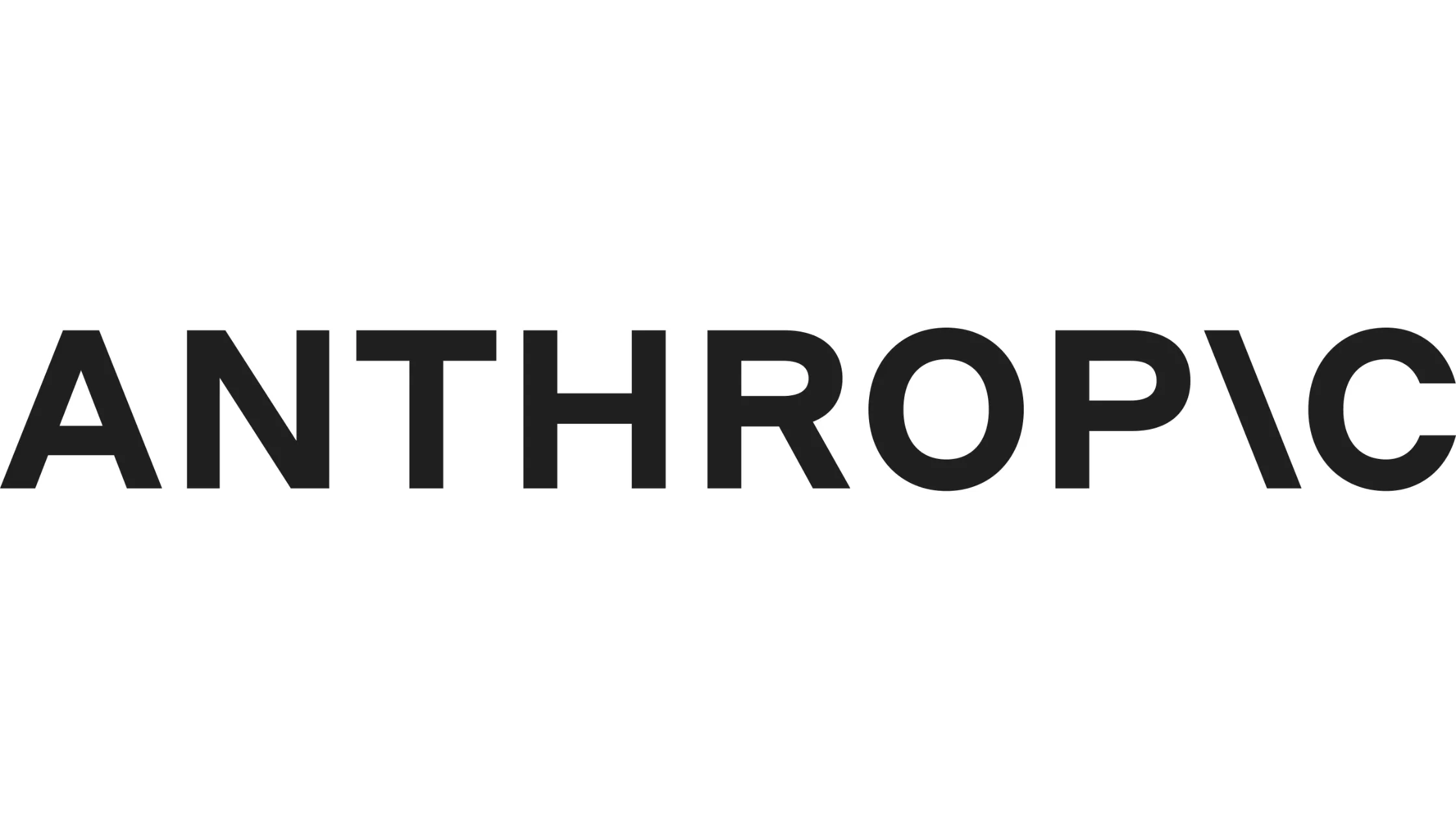
The Top 10 Mistakes Startups Make When Building Their MVP – And How to Avoid Them
Avoid common pitfalls when building your MVP. Learn the top 10 mistakes startups make and how to steer clear for a successful product launch.
Building an MVP (Minimum Viable Product) is one of the most exciting steps for a startup founder. You've got this great idea, and now it's time to put something tangible in front of potential users. But while it may seem straightforward, getting an MVP right can be tricky. As a YC alum and someone who’s seen more than my fair share of startups struggle through this process, I’ve witnessed the most common pitfalls founders encounter when building their MVP. In this blog, I’ll walk you through the top 10 mistakes startups make when building their MVP—and more importantly, how to avoid them. Whether you’re a first-time founder or a seasoned entrepreneur, learning from these missteps can save you time, money, and a lot of headaches.
Mistake #1: Building for the Perfect Product Instead of the MVP
Why Founders Overbuild
It's natural to want your product to be perfect before it hits the market, but that's not the point of an MVP. I’ve seen founders get bogged down in feature creep—adding unnecessary features to please every imagined user. An MVP is not supposed to be the ultimate version of your product; it’s a version that’s "just good enough" to solve a problem and gather user feedback.
How to Avoid This
Define the core problem your MVP is solving. Strip down everything to the bare essentials. Ask yourself, "Can users solve their problem with fewer features?" If the answer is yes, cut those extras. Your goal should be to test your assumptions quickly, not to build the perfect product right out of the gate.
Mistake #2: Skipping Market Research
The Temptation to Trust Your Gut
As founders, we often fall in love with our ideas. It’s easy to assume that, because we believe in our product, users will too. However, building an MVP without thoroughly understanding your target market can lead to costly missteps.
How to Avoid This
Before writing a single line of code, spend time researching your potential users. Surveys, interviews, and even informal chats with potential customers can reveal what they really need, helping you build an MVP that addresses actual pain points.
Mistake #3: Choosing the Wrong Tech Stack
Overengineering from the Start
I've seen founders get carried away with tech—choosing complex frameworks or languages because they're the "hot thing" right now. While it might be fun to build with cutting-edge technology, an MVP should prioritize speed and efficiency.
How to Avoid This
Pick a tech stack that allows you to move fast and iterate. Focus on tools that your team is comfortable with and that are scalable. Remember, you can always re-architect later when you have more resources.
Mistake #4: Not Testing the Core Assumption
Missing the Mark
Your MVP’s main goal is to validate your core assumption. Too many startups release an MVP that looks great but fails to test the hypothesis that their product is based on. This can lead to wasting time on a product that no one actually wants.
How to Avoid This
Ask yourself, "What is the riskiest assumption I’m making?" Your MVP should be built specifically to test that. If users respond positively, great! If not, you know early on that something needs to change.
Mistake #5: Ignoring User Feedback
The Danger of Being Defensive
When your MVP hits the market, you’ll get feedback. Some of it will be positive, and some might sting. Founders often fall into the trap of dismissing negative feedback because it conflicts with their vision.
How to Avoid This
Be open to criticism. If users are consistently pointing out the same issues, take that feedback seriously. Remember, your MVP is not just for validation—it’s an opportunity to learn and adapt.
Mistake #6: Underestimating Design
Functionality Isn’t Everything
A common misconception is that MVPs don’t need to focus on design. Yes, your MVP should prioritize function over form, but ignoring user experience and design altogether can turn off early adopters.
How to Avoid This
Invest some effort into a clean, user-friendly interface. It doesn’t need to be polished, but it should be intuitive enough for users to navigate without frustration.
Mistake #7: Forgetting Scalability
The Growth Trap
While your MVP should be lightweight and quick to build, ignoring scalability can backfire if your product gains traction. I’ve seen startups scramble to re-architect when their MVP couldn't handle user growth.
How to Avoid This
Build an MVP with future growth in mind, but don’t over-engineer. Use scalable tools and frameworks from the start, and plan for expansion without getting bogged down in premature optimization.
Mistake #8: Not Setting Clear Goals
Measuring the Wrong Metrics
Founders sometimes fail to define what success looks like for their MVP. If you don't know what you're measuring, how will you know if the MVP is doing its job?
How to Avoid This
Before you launch, outline key performance indicators (KPIs) that will determine whether your MVP is a success. This could be user sign-ups, retention rates, or even just user feedback. Set realistic targets and track progress.
Mistake #9: Launching Too Late
Perfect Is the Enemy of Done
If you wait too long to launch, you risk wasting time and money on a product no one wants. Startups that aim for perfection often miss the window of opportunity to learn from real users.
How to Avoid This
Remember, the point of an MVP is to get something in front of users as quickly as possible. You can always iterate based on their feedback. Set a deadline and stick to it.
Mistake #10: Underestimating the Power of a Good Team
The Solo Founder’s Dilemma
Building an MVP alone can be overwhelming. I’ve met founders who try to do everything themselves—design, code, marketing—only to burn out.
How to Avoid This
If possible, surround yourself with a good team. Whether it’s co-founders, freelance engineers, or agencies like Horizon Labs, having the right support can make all the difference in launching a successful MVP.
Mistake #11: Neglecting Legal and Compliance Considerations
The Hidden Risks
In the excitement of building an MVP, it’s easy to overlook legal and compliance issues. Depending on your industry, certain regulations must be considered, even in the early stages. For example, if you’re building a healthtech app, you’ll need to ensure your MVP is HIPAA-compliant. Similarly, fintech startups must deal with financial regulations from day one.
How to Avoid This
Startups don’t need to hire a full-time legal team at the MVP stage, but consulting a legal expert can save you a lot of trouble later on. Make sure you understand the basic legal requirements in your industry, especially around user data, privacy, and intellectual property. If in doubt, get help from someone who’s dealt with these issues before.
Mistake #12: Poor Communication with Early Adopters
Missing the Feedback Loop
Early adopters are your MVP’s most valuable resource. They give you real-world feedback and help refine your product. However, many founders don’t engage with these users properly. They launch the MVP and then disappear into development, missing out on the opportunity to learn.
How to Avoid This
Communicate regularly with your early users. Let them know that their feedback is critical and that you're listening. Send them updates, ask for input, and make them feel like they’re part of the product’s development. Not only will this improve your MVP, but it will also help you build a loyal user base.
Mistake #13: Failing to Build a Pre-Launch Audience
Overlooking Early Buzz
I’ve seen startups launch their MVP without having an audience in place. They spend months or even years building the product, but when it comes time to launch, no one is paying attention. Without a pre-launch audience, you risk releasing your MVP to crickets.
How to Avoid This
Even before your MVP is built, start creating awareness around your idea. You can do this through content marketing, social media, landing pages, or even a simple email list. By the time your MVP is ready, you’ll have a group of people waiting to try it out. This can also help you validate the demand for your product before you invest too much time and money into development.
Mistake #14: Overlooking Customer Support
Support Matters Early On
It’s easy to think that customer support is something you can figure out later, once your product is established. However, even at the MVP stage, customer support plays a critical role. Your first users are taking a leap of faith on your product, and if they don’t get the support they need, they’ll likely churn—and you’ll lose valuable feedback.
How to Avoid This
Set up a simple but effective support system for your MVP users. This could be as straightforward as a dedicated email address or a Slack channel where users can reach out with issues. By addressing their concerns quickly, you’ll build trust and improve your product’s retention rate.
Mistake #15: Not Planning the Next Steps
The Post-MVP Roadmap
Once your MVP is out in the world, what comes next? Many founders make the mistake of treating the MVP as the final product. While it’s an important milestone, it’s only the beginning of your product’s journey. Without a clear plan for what comes after the MVP, you risk stalling and losing momentum.
How to Avoid This
Before you launch your MVP, create a roadmap for the next 6-12 months. What will you do if the MVP is a success? What if it isn’t? Having a plan in place for both scenarios will ensure that you’re ready to pivot, scale, or continue refining your product based on user feedback.
Navigating the MVP Process with the Right Mindset
Building an MVP is not just a technical exercise; it's a mindset shift for many founders. The goal is not perfection but progress—getting a working product in front of real users and learning from them as quickly as possible. Every founder wants to launch something they're proud of, but the sooner you accept that your MVP will be a bit rough around the edges, the better off you'll be. Focus on learning and iteration, not just getting it right on the first try.
At Horizon Labs, we’ve seen this approach work time and again. By guiding startups to release their MVPs quickly and then iterating based on real user feedback, we’ve helped founders turn early versions into polished products that users love. If you’re struggling with overbuilding, perfectionism, or just don’t know where to start, we can help you sidestep these pitfalls.
Horizon Labs: Your Strategic Tech Partner Beyond the MVP
At Horizon Labs, we don’t just build MVPs—we build startups. Whether it’s prototyping, custom development, or scaling your product post-launch, we provide the technical expertise and strategic advice you need to succeed. As startup founders ourselves, we understand the challenges you’re facing. Let us help you avoid common MVP mistakes and turn your idea into a reality. Reach out to us at Horizon-Labs.co/contact or email us at info@horizon-labs.co to learn how we can be your trusted partner in building products that users love.
Frequently Asked Questions (FAQs) about building MVPs:
Q: What is the biggest mistake startups make when building an MVP?
A: The biggest mistake is often overbuilding. Founders tend to focus on adding too many features in an attempt to make the product perfect. This delays launch, increases costs, and usually results in a product that doesn't focus on the core problem it's supposed to solve.
Q: How do I know what features to include in my MVP?
A: Focus on the core problem you're solving for your users. The MVP should have just enough features to address that primary issue and provide value. Conducting early market research and user interviews can help you prioritize features that are critical for your MVP.
Q: How much should I invest in the design of my MVP?
A: While an MVP should focus primarily on functionality, ignoring design altogether can alienate early users. Invest in a basic, clean design that ensures usability and doesn't frustrate your customers. It doesn’t need to be flashy, just easy to navigate.
Q: Can an MVP be built without a tech background?
A: Absolutely. Many successful founders don’t have technical backgrounds but build strong MVPs by collaborating with development agencies or freelance developers. The key is to be clear about what your MVP needs to do and communicate effectively with your development partners.
Q: How long does it take to build a typical MVP?
A: The timeline can vary depending on complexity, but generally, a well-scoped MVP should take between 3 to 6 months to build. The faster you can get an MVP into users' hands, the quicker you can start gathering feedback and iterating.
Q: How should I measure the success of my MVP after launch?
A: Focus on metrics like user engagement, retention, and feedback. These indicators will show whether your MVP is meeting user needs and where improvements are necessary. Avoid focusing solely on vanity metrics like downloads or signups—engagement matters more.
Q: When should I pivot based on MVP feedback?
A: If feedback shows that your core assumptions were wrong—such as users not valuing the solution as expected—it might be time to pivot. The earlier you identify a need for change, the better. However, give it enough time to gather meaningful data before making drastic changes.
Q: What’s the difference between an MVP and a prototype?
A: A prototype is typically a non-functional or partially functional version of your product, used for gathering feedback before you start development. An MVP, on the other hand, is a functional version of your product that users can interact with and provides enough value to test your core assumptions.
Q: Should I use no-code tools to build my MVP?
A: No-code tools can be a great way to quickly validate an idea with minimal cost and time investment, especially for non-technical founders. However, if your MVP requires more custom functionality or you need scalability from the start, you may need to work with a development team.
Q: How important is post-launch support for an MVP?
A: Post-launch support is crucial. Once your MVP is live, you’ll need to quickly fix bugs, gather feedback, and iterate. A lack of post-launch support can leave early users frustrated, impacting your chances of gaining traction and valuable insights.
Q: How much should I spend on building my MVP
?A: The cost of building an MVP varies depending on the complexity of the product and the resources you have. Typically, startups should aim to spend as little as possible while still producing something that is functional and testable. You can save costs by using outsourced development teams or no-code tools, but the key is to balance quality with cost-efficiency.
Q: Should I continue iterating on my MVP or move to a full product after launch?
A: You should continue iterating on your MVP as long as you're gathering valuable feedback from users. Iteration helps refine your product to better fit the market’s needs. Once you have enough data and confidence that your product has strong demand, you can consider transitioning to a more robust version of the product.
Q: How many users should I aim to reach with my MVP?
A: There is no specific number of users you need to reach for an MVP, but the goal is to collect enough feedback to validate or refute your core assumptions. In many cases, even a few dozen active users can provide invaluable insights. It’s more important to engage a small but active group of early adopters than to focus on large numbers initially.
Q: Can I build my MVP without coding at all?
A: Yes, it’s possible to build an MVP without coding, especially with the rise of no-code platforms like Bubble, Webflow, and Airtable. These tools are designed to let founders create functional MVPs that can be tested with users. However, if your MVP requires highly customized functionality, you might need to involve developers later.
Q: What should I do if my MVP fails to gain traction?
A: If your MVP doesn’t gain traction, don't panic. Use this as an opportunity to analyze what went wrong. Gather feedback from users to understand their pain points, then iterate based on those insights. Sometimes a small pivot or tweaking the messaging can make a huge difference. It's better to fail early and adjust than to continue down a path that doesn't resonate with your audience.
Q: What role does user testing play in the MVP process?
A: User testing is critical in the MVP process. It allows you to gather real-world feedback on how users interact with your product, what features they value, and what can be improved. Regularly testing with users ensures that your MVP is meeting actual needs, and not just assumptions you may have had during the development phase.
Q: How do I find early users for my MVP?
A: You can find early users through various channels, such as online communities, social media platforms, and even personal networks. Reach out to individuals who might benefit from your product, and don’t be afraid to offer free trials or incentives to get them onboard. Early users are valuable for providing feedback and helping you iterate on your product.
Q: Should I include analytics in my MVP?
A: Yes, including basic analytics in your MVP is crucial for tracking user behavior and understanding how people interact with your product. Tools like Google Analytics, Mixpanel, or Hotjar can give you insights into where users are dropping off, what features they’re using the most, and where improvements are needed.
Q: What if my MVP attracts a different user base than I expected?
A: This can actually be a good thing. Sometimes your product resonates with a group of users you didn’t anticipate. If your MVP is gaining traction with a different user base, you should explore whether this new audience could become your primary market. Stay flexible and open to adjusting your strategy based on who finds value in your product.
Q: How long should I support an MVP before moving to a full launch?
A: There’s no fixed timeline, but generally, you should support your MVP as long as it continues to provide valuable learning. Once you have validated your core assumptions, addressed major feedback, and gained enough confidence in your product-market fit, you can start planning for a full launch. This could take a few months or even longer, depending on the complexity of your product and market response.
Whether you're validating an idea, scaling an existing product, or need senior engineering support—We help companies build ideas into apps their customers will love (without the engineering headaches). US leadership with American & Turkish delivery teams you can trust.
Need Developers?
We help companies build ideas into apps their customers will love (without the engineering headaches). US leadership with American & Turkish delivery teams you can trust.
















For Startups & Founders
We've been founders ourselves and know how valuable the right communities, tools, and network can be, especially when bootstrapped. Here are a few that we recommend.

Mistakes to Avoid When Building Your First Product
Learn the key mistakes founders make when building their first product—and how to avoid them for a faster, smoother launch.
Read more
The Rise of AI in Product Development: What Startups Need to Know
Learn how AI is transforming product development for startups. From MVPs to scaling, here’s what founders need to know in today’s AI-driven world.
Read more
No-Code vs. Custom Development: Which is Right for Your Startup?
Weighing no-code vs. custom development? Learn which is right for your startup depending on stage, budget, and product complexity.
Read more
What is Mixpanel?
Learn how Mixpanel helps startups track user behavior to improve products and accelerate growth with clear data-driven insights.
Read more
How Tawk.to Can Boost Your Startup’s Customer Support Game
Learn how Tawk.to can benefit startups by enhancing customer support and engagement. Perfect for early-stage founders!
Read more
Grow Your Startup With Anthropic's AI-Powered Tools
Discover how Anthropic's cutting-edge AI tools can accelerate your startup's success. Learn about their benefits and see why they can be trusted by startups.
Read more
What is Data-Driven VC?
Learn what a data-driven VC means and how such investors can benefit your startup’s growth and fundraising journey.
Read more
What is Blockchain?
A beginner-friendly guide on blockchain for startup founders, covering key concepts, benefits, challenges, and how to leverage it effectively.
Read more
What is Cybersecurity?
Learn cybersecurity basics tailored for startup founders. Understand key risks, best practices, and how to protect your startup from tech threats.
Read more
What is Seedcamp?
Learn what Seedcamp is, how its European seed fund and accelerator program work, and how founders can use its capital, mentorship, and network to scale their st
Read more
What is AngelList?
AngelList is a prime platform connecting startup founders to investors, talent, and resources to accelerate early-stage growth.
Read more
What is 500 Startups?
Learn what 500 Startups (now 500 Global) is, how its accelerator and seed fund work, and when founders should consider it—plus tips for early-stage startups.
Read more.png)